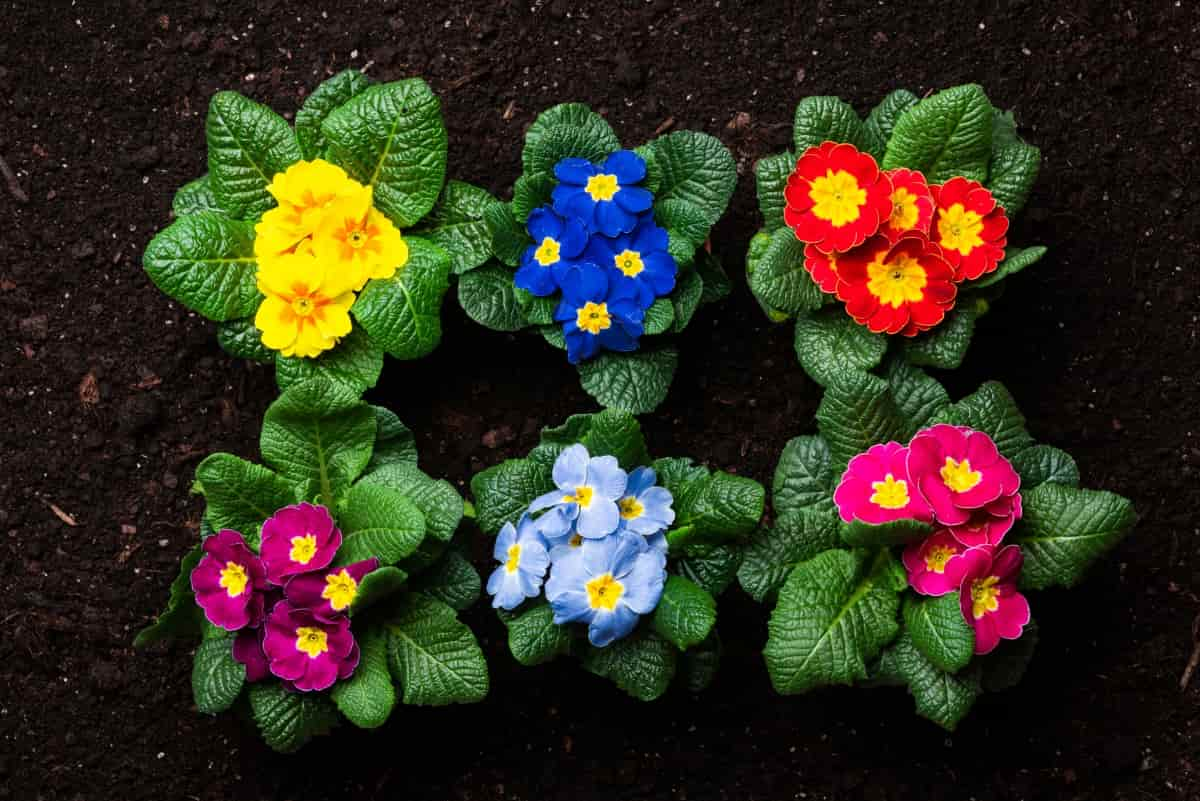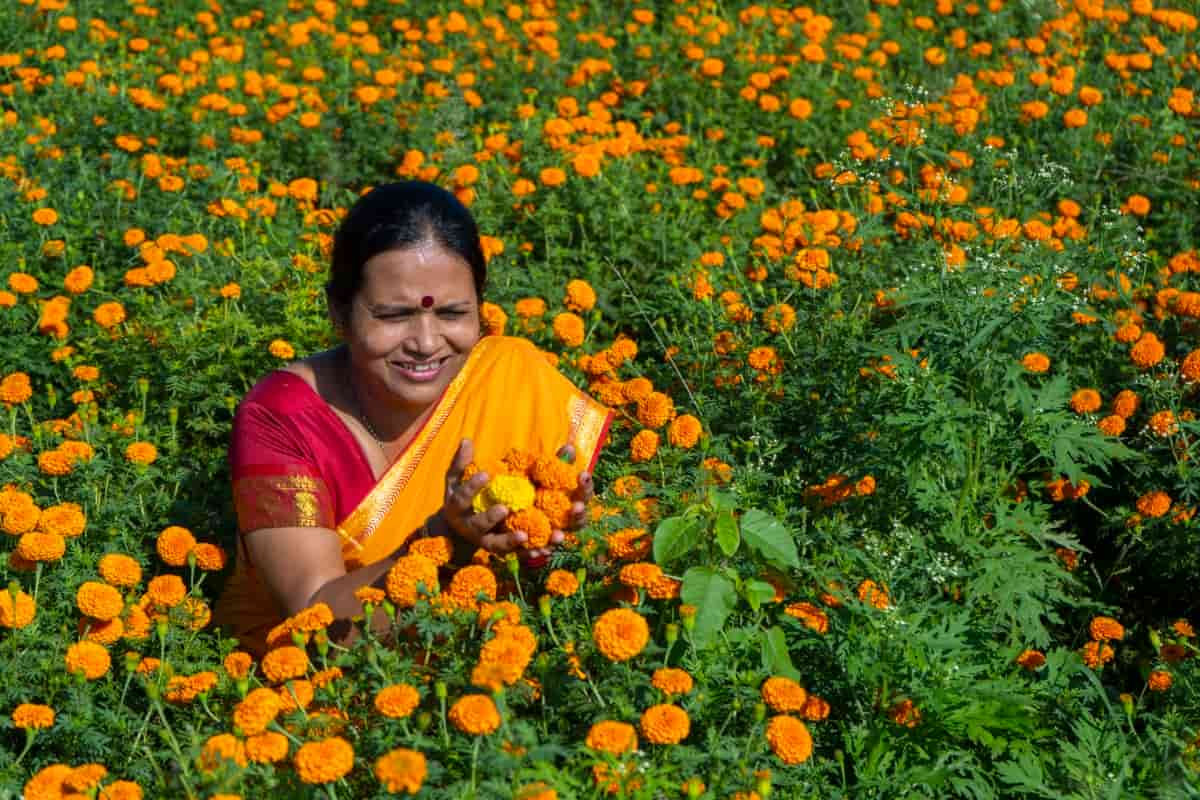By identifying Flowering plant blooming issues and troubleshooting non-blooming flowers, you can help your plant thrive and bloom beautifully. Remember to provide adequate sunlight, proper watering, and good soil quality, and keep pests and diseases at bay. With a little care and attention, you can find Causes of flower plants not blooming and enjoy a vibrant garden filled with blooming flowers all season long.

Flower Plant is Not Blooming
Insufficient Sunlight Exposure
Assessing Sunlight Requirements
One common culprit of non-blooming could be insufficient sunlight exposure. Before you panic, take a moment to assess the sunlight requirements of your specific plant species. Different flowers have varying requirements when it comes to light intensity and duration.
Providing Adequate Light for Flowering Plants
It’s crucial to provide adequate light for flowering plants to thrive and produce beautiful blooms. If your plant seems lackluster, boost flower plant bloom frequency by considering moving it to a sunnier spot where it can soak up those essential rays. A sunny windowsill or a well-lit corner in your home might just be the remedy your plant needs.
Improper Watering Practices
Overwatering Causes Root Rot
Overwatering can be a common issue that leads to root rot, which can wreak havoc on your plant’s health. When it comes to solutions for the lack of flower blooms, find the right balance in watering – not too much and not too little.
Underwatering Leads to Stress
When they don’t receive enough water, they struggle to thrive and reach their blooming potential. Enhancing flower plant flowering potential by monitoring the soil moisture levels is key to ensuring your flowers are getting just the right amount of hydration. Remember, each plant has its own watering needs based on factors like species, size, and environment.
Nutrient Deficiencies
Identifying Lacking Nutrients
Nutrient deficiencies can be a major factor affecting flower blooming when it comes to Blooming problems in plants. It’s essential to identify what nutrients your plant is lacking to ensure it thrives. Diagnosing flower plant bloom issues like yellowing leaves or stunted growth, which could indicate specific deficiencies.
Fertilization Methods for Blooming Plants
Fertilization is key in providing the necessary nutrients for your flowering plants to bloom vibrantly. How to make flowers bloom? Choose a fertilizer specifically formulated for blooming plants with an equal balance of nitrogen, phosphorus, and potassium. Consider using organic fertilizers that release nutrients slowly over time for sustained growth and Promoting flower plant blossom production.
Inappropriate Temperature and Climate Conditions
Effects of Temperature Extremes
Having the right temperature and climate for your flowering plants is crucial for their blooming success. Extreme heat or cold can stunt growth and prevent blooms from forming. Plants like consistency, so try to keep temperatures within a comfortable range for them. Avoid placing them near drafty windows or heating vents that could cause sudden fluctuations. If you notice your plant struggling in current conditions, consider moving it to a more suitable spot where it can thrive.
Creating Optimal Climate Conditions
Creating optimal climate conditions may involve using humidifiers or placing water trays nearby to increase moisture in the air. A well-balanced environment will encourage healthy growth and beautiful blossoms. Remember, plants are sensitive to changes in their surroundings, so be mindful of any shifts that could impact their overall well-being.
In case you missed it: Natural Fertilizer Recipes for Flowers: Discover from Banana Peel to Epsom Salt

Rootbound or Overcrowded Roots
Repotting or Root-Pruning Solutions
Rootbound or overcrowded roots can stunt the growth and blooming potential of your beloved flower plants. When roots outgrow their containers, they become tangled and unable to absorb nutrients efficiently. Repotting is a simple yet effective solution to give your plant’s roots more room to spread out and thrive. Choose a larger pot that contains good drainage holes to prevent waterlogging, which causes root rot.
Ensuring Proper Drainage
If repotting seems daunting, consider root pruning as an alternative method. Gently trim the outer layer of roots before placing them back in the same container with fresh soil. Proper drainage is key for preventing water from pooling at the bottom, which can suffocate the roots. Ensure that excess water can escape by using well-draining soil mixtures and pots with adequate drainage holes.
Pest Infestations
Common Pests Affecting Flowering Plants
Pest infestations can be a real buzzkill for your flowering plants. Those tiny invaders like aphids, spider mites, and whiteflies can wreak havoc on your beautiful blooms. They suck the sap out of leaves, weaken the plant, and inhibit flower production.
Implementing Pest Control Measures
Implementing pest control measures is crucial to protect your plants. You can start by regularly inspecting the undersides of leaves for any signs of pests. Introducing natural predators like ladybugs or using insecticidal soap can help keep those pesky critters at bay without harming your flowers. Resolving flower plant blooming delays by maintaining a healthy balance between pests and their natural enemies is key to preventing infestations from taking over.
Disease Infections
Recognizing Signs of Diseases
Disease infections can be a real buzzkill for your blooming plants. It’s crucial to keep an eye out for flower plant flowering troubles like yellowing leaves, spots, or wilting. If you spot these symptoms, act fast to diagnose the issue correctly.
Treatment and Prevention Strategies
Treatment options may change depending on the type of disease affecting your plant. Some may require pruning of affected areas, while others might need fungicides or other treatments. Prevention is key – maintain good airflow around your plants and avoid overwatering to reduce the risk of diseases taking hold. You can increase Improving flower plant bloom rate by regularly inspecting your plants can help catch any issues early on before they become out of control.
Improper Pruning or Trimming
Effect on Flowering Potential
Improper pruning can significantly impact the flowering potential of your plants. When you trim at the wrong time or cut too much, it disrupts the plant’s ability to produce blooms. Correct pruning techniques are essential for promoting healthy growth and maximizing flowering.
Correct Pruning Techniques for Blooming Plants
To Encourage flower bud development, learn about the specific pruning needs of your plant species. Some flowers bloom on new growth, while others on old wood. Understanding this will guide you in when and how to prune effectively. Avoid cutting indiscriminately; instead, target dead or diseased branches for removal. Use sharp, clean tools to make cuts that promote healing and prevent diseases from entering the wounds. Proper timing is crucial – prune during dormant seasons or right after blooming ends for most flowering plants.
In case you missed it: How to Grow and Care for Crocosmia Flowers: A Step-by-Step Guide

Stress from Environmental Factors
Addressing Environmental Stressors
When Addressing flower blooming challenges, environmental stressors could be a major factor to consider. These stressors can include extreme temperatures, insufficient sunlight, or poor soil quality. Assess the conditions in which your plant is growing and make necessary adjustments. Ensure that your flower plant receives adequate sunlight based on its specific requirements. Some plants grow well in full sun, while others prefer partial shade. Positioning the plant in the right location can significantly impact its blooming potential.
Providing Protection from Harsh Conditions
When it comes to non-blooming flower plant remedies, addressing environmental stressors is crucial. Harsh conditions like extreme temperatures or intense sunlight can hinder its growth. Providing protection through measures like shade cloth or relocating the plant to a more suitable place can make a big difference.
Age or Maturity of The Plant
Understanding Flowering Stages
Understanding the age and maturity of your flowering plant is crucial for managing expectations. Young plants may take time to establish their root systems and reach a stage where they can bloom.
Patience for Young Plants to Mature and Bloom
Different plants have varying timelines for blooming, so it’s essential to research the specific species you’re caring for. Some plants may take longer than others before producing flowers, so don’t get discouraged if you don’t see blooms right away. As your plant matures, it will allocate more energy towards flowering once it reaches the appropriate developmental stage. Just like people, plants go through growth phases that are necessary for them to thrive and produce beautiful blossoms.
In case you missed it: 13 Types of Brown Flower Names: Best Types of Brown Flowers

Conclusion
In the journey of nurturing flowering plants, it’s essential to follow tips for encouraging flower blooms. Whether it’s providing adequate sunlight, proper watering, nutrients, or protection from pests and diseases, each aspect plays a crucial role in ensuring your plant blooms beautifully. With care, attention to detail, and a bit of knowing steps to stimulate flower plant blooming, you can create the best environment for your flowering plants to showcase their vibrant colors and delicate blossoms.
- Flower Garden Designs and Layouts for Beginners
- Planting and Spacing Techniques in Papaya: A Beginner’s Guide
- Growing Gold: Essential Techniques for Planting Pineapples
- How to Make Kalanchoe Plant Bushy: Home Remedies and Solutions
- 11 Reasons Why Your Gardenia is Not Blooming: Home Remedies and Solutions
- Eco Elegance: The Guide to Designing a Drought-Tolerant Landscape
- Gardening on a Slope: Strategies for Hillside Landscaping
- Nourish and Flourish: Top Organic Mulches for Thriving House Plants
- Everything You Want to Know about Indian Mogra Flower: Discover Uses and Growing